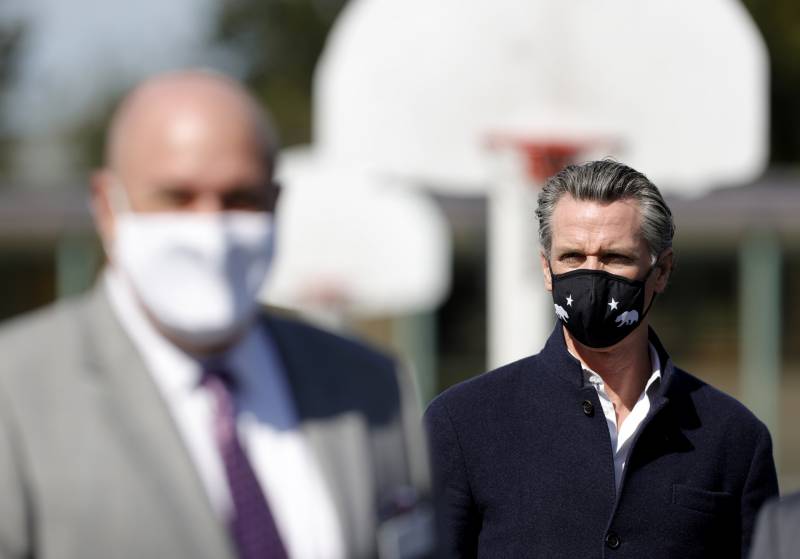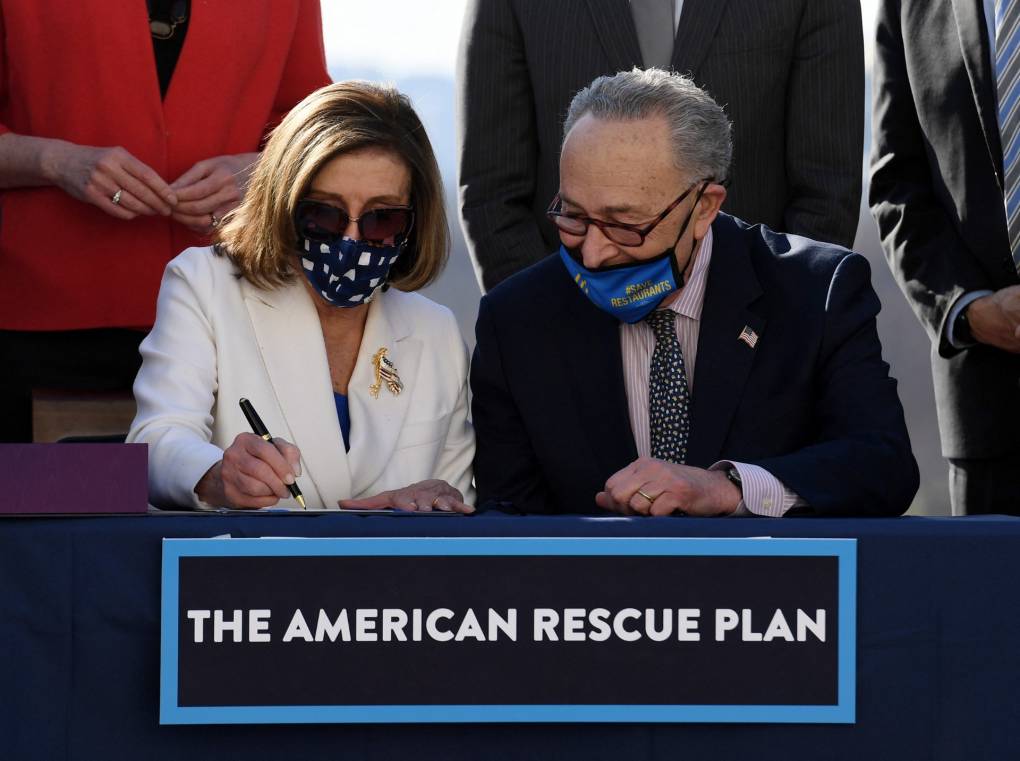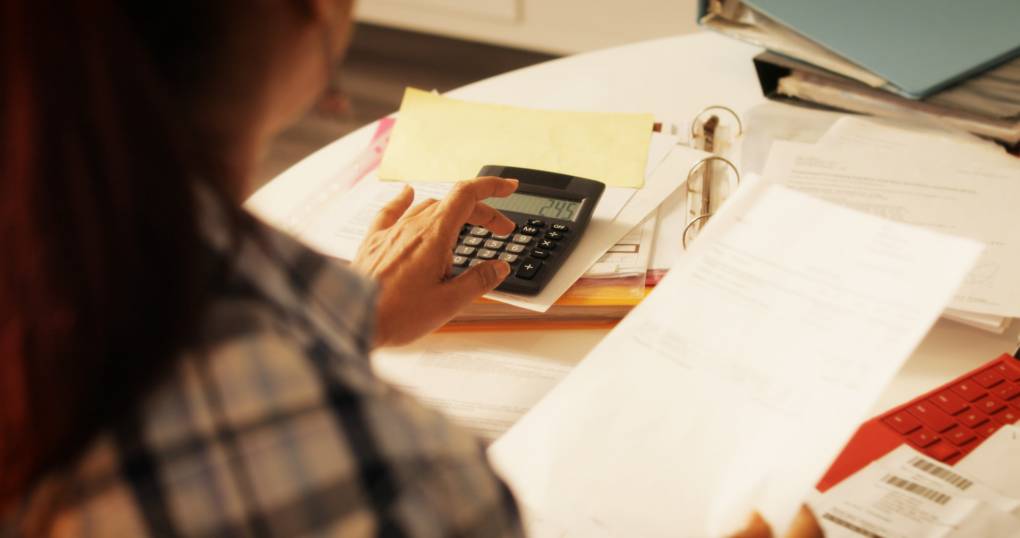The massive COVID-19 relief bill Congress approved Wednesday will pump more than $150 billion into California's economy, Gov. Gavin Newsom's administration said Wednesday, including a $26 billion windfall for the state's already burgeoning budget surplus.
Nearly half of the money will go to Californians directly in the form of $1,400 checks and expanded unemployment benefits.
Another $15.9 billion will go to public and private schools while $3.6 billion will boost the state's vaccination, testing and contact tracing efforts. There's also money for public transit agencies, airports and child care.
About $16 billion will go to local governments and will be split between cities and counties. And $26 billion will go directly to state government for services impacted by the pandemic.
Toni Atkins, Democratic president pro tempore of the California Senate, called it the state's "fair share."
"California has been a 'donor state' for decades, paying more to the federal government than we receive in federal services and investments," said Atkins, who represents the San Diego area. "We're fortunate that our budget is healthy and balanced, but it's because we prioritized responsible fiscal planning."


